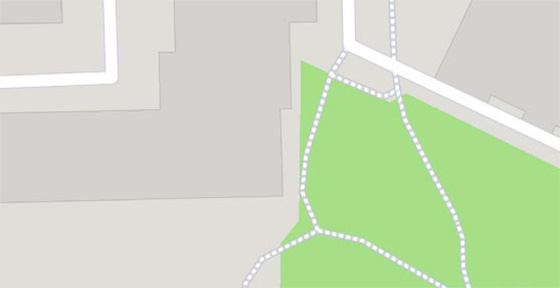The neoclassical monastery was built in 1608 during the reign of Radu Șerbana. He was funded by hospodar Michał Waleczny, who as the first ruler united the three main parts of today's Romania. The complex consists of three churches and three chapels from the 18th and the first half of the 19th century.
The main church was destroyed several times. The most serious damage occurred as a result of the earthquake in 1802 and 1838 and due to fire in 1923. The second temple was built in the 18th century, but its present appearance is the result of reconstruction in the 1960s.
When visiting both buildings, pay special attention to antique paintings and frescoes. The third church, the smallest of them all, was built in the monastery cemetery in 1804. The graveyard itself has the tombstones of Romanian poets, musicians, theologians and other personalities.
Attractions inside




